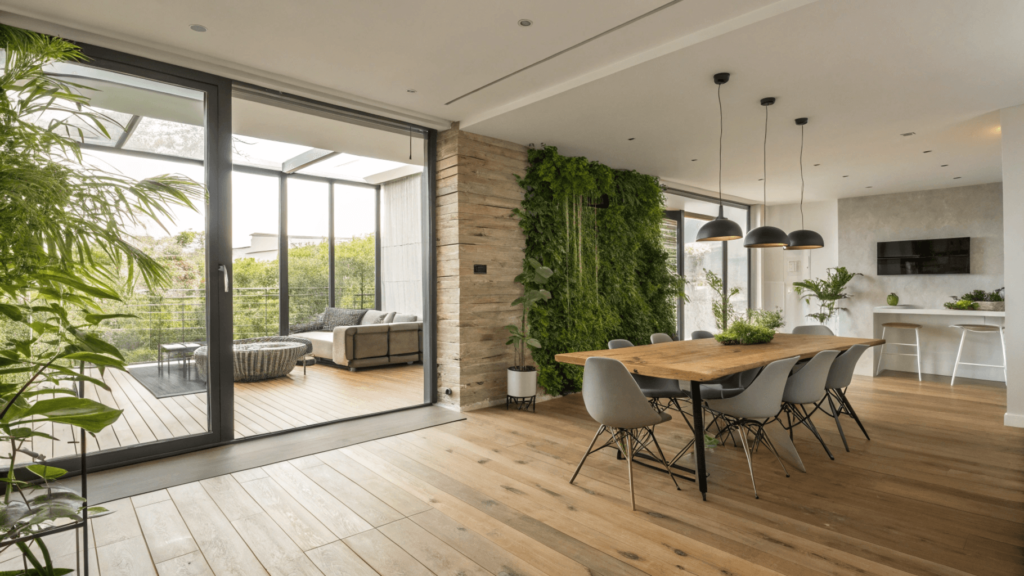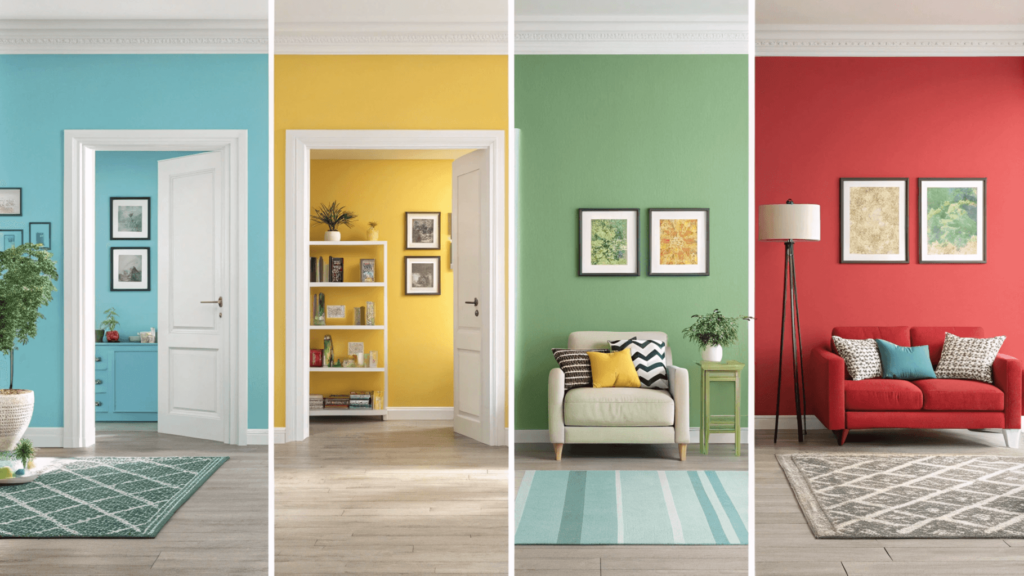Picture this: you’re standing in your home, dreaming of that perfect renovation, but this time with a twist – you want it to be as eco-friendly as your weekend farmers’ market run. Recent studies show that sustainable home renovations not only benefit the environment but can significantly increase your property’s value.
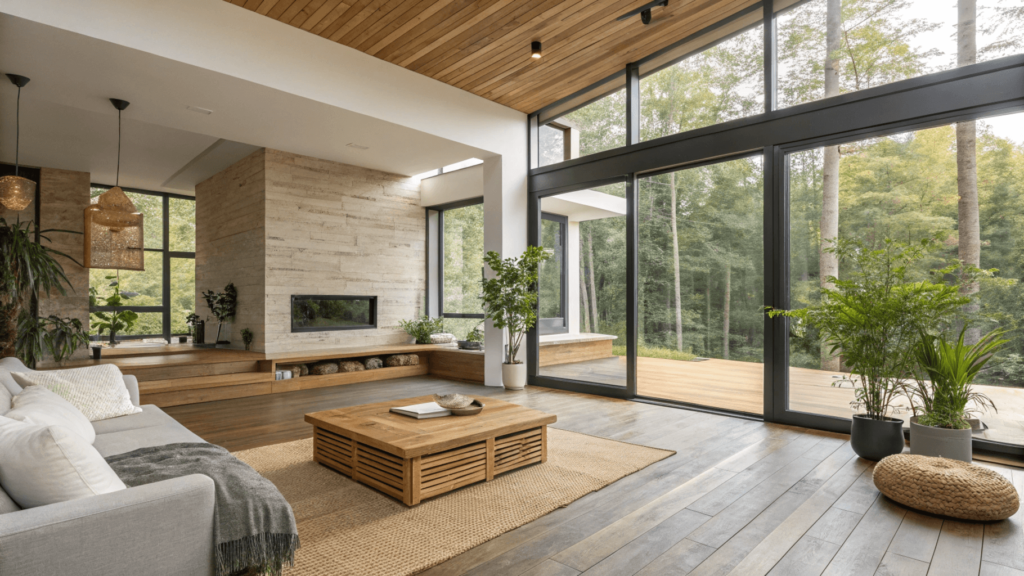
Why Sustainable Materials Matter Now More Than Ever
I remember the moment it hit me – while ripping out my old kitchen cabinets, I realized just how much waste one simple remodel creates. According to construction experts, construction and demolition debris accounts for twice the amount of municipal solid waste in the US. But here’s the good news: sustainable materials aren’t just a trend; they’re becoming more accessible, affordable, and stylish than ever.
Understanding Sustainable Materials: The Basics You Need to Know
As outlined in comprehensive renovation guides, here’s what makes a material sustainable:
- Renewable or recycled source materials
- Low environmental impact during production
- Durability and longevity
- Non-toxic composition
- Local sourcing capabilities
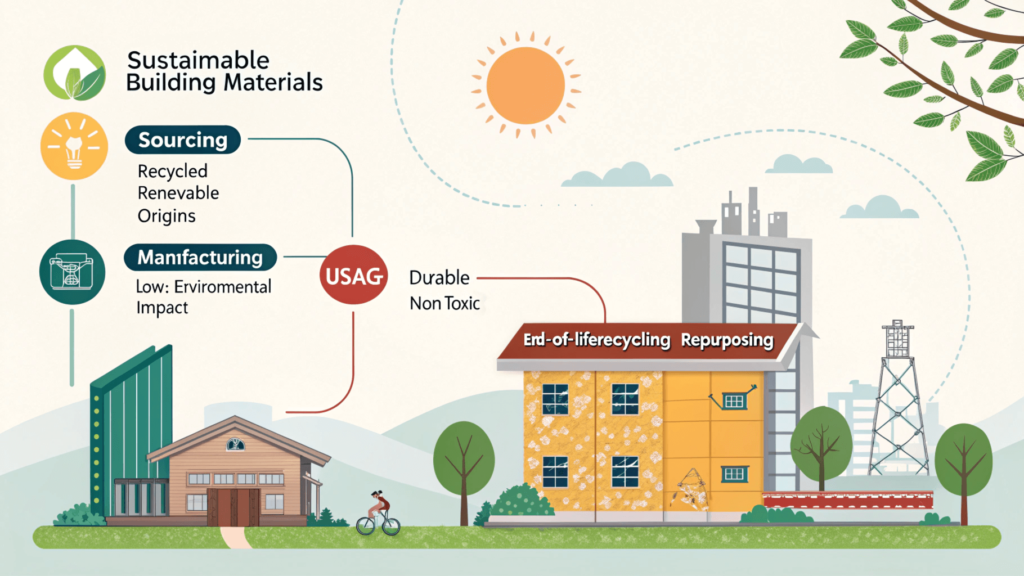
Popular Sustainable Materials: Your Room-by-Room Guide
Flooring That Feels Good (In More Ways Than One)
According to home renovation experts, bamboo flooring has become a top recommendation for sustainable flooring. Here’s why: it regenerates in just 3-5 years, compared to 20-120 years for traditional hardwoods. But it’s not your only option:
- Cork: Naturally antimicrobial and harvested without harming trees
- Reclaimed wood: Brings character while saving trees
- Recycled tile: Transforms waste into stunning floors
Pro tip: Industry specialists recommend looking for FSC certification when choosing wood products – it’s your guarantee of responsible sourcing.
Wall Materials That Work Wonders
Construction industry leaders have noted that modern sustainable wall materials include:
- Recycled steel: Perfect for framing and surprisingly eco-friendly
- Hempcrete: A carbon-negative alternative to traditional concrete
- Reclaimed brick: Adds character while reducing waste
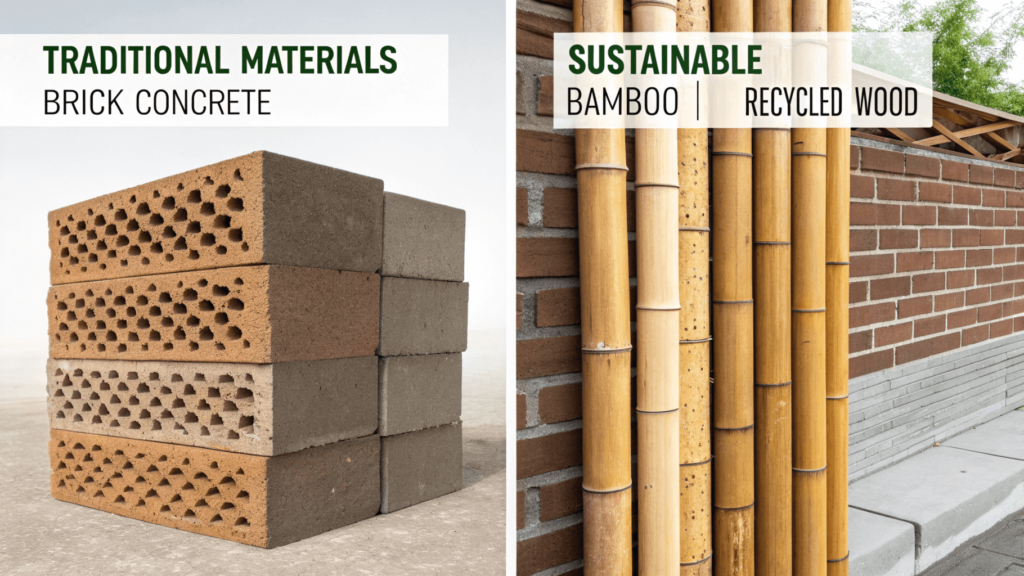
Smart Insulation Choices
Sustainable building experts emphasize that the best energy is the energy you don’t use. These insulation options prove this point:
- Recycled denim: Yes, old jeans can keep your home cozy
- Sheep’s wool: Natural, renewable, and excellent at moisture control
- Cellulose: Made from recycled paper and highly effective
Countertops and Surfaces with Style
According to renovation specialists, the kitchen is where sustainability meets style. Today’s eco-friendly countertop options include:
- Recycled glass countertops: Stunning and sustainable
- Bamboo butcher blocks: Durable and naturally antimicrobial
- Paper composite: Surprisingly tough and uniquely beautiful
Cost Considerations: Breaking Down the Numbers
Let’s talk money – because being green shouldn’t mean spending all your green. Here’s what you need to know:
Initial Costs vs. Long-term Savings
| Material Type | Initial Cost Premium | Energy Savings | Lifespan (Years) |
|---|---|---|---|
| Bamboo Flooring | 10-20% | Moderate | 20-25 |
| Recycled Steel | 15-25% | High | 50+ |
| Wool Insulation | 30-40% | Very High | 50+ |
Available Incentives
Many states offer tax breaks and rebates for sustainable home improvements. Check the Database of State Incentives for Renewables & Efficiency (DSIRE) for current offerings in your area.
How to Choose the Right Materials for Your Project
Consider these factors when selecting materials:
- Climate considerations
- Local availability
- Installation requirements
- Maintenance needs
- Budget constraints
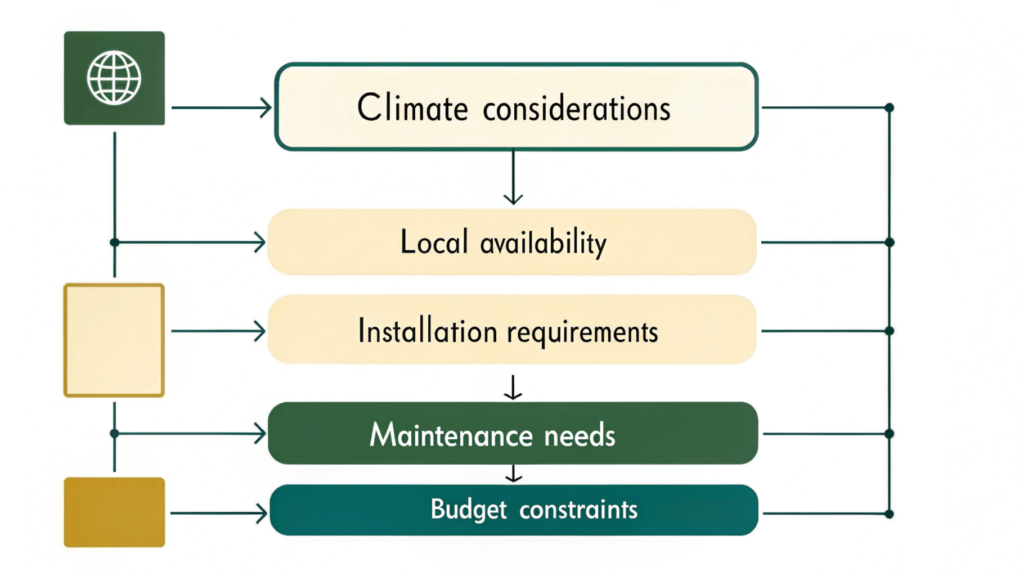
Installation and Maintenance: What You Need to Know
Some sustainable materials require specific installation techniques or maintenance routines. I learned this the hard way with my first bamboo floor installation. Here’s what you should know:
DIY vs. Professional Installation
While many sustainable materials are DIY-friendly, others require professional installation to maintain warranty coverage and ensure optimal performance. Always check manufacturer guidelines before deciding.
Maintenance Tips for Longevity
- Clean with eco-friendly products
- Follow material-specific care instructions
- Address issues promptly to prevent damage
- Schedule regular maintenance checks
Success Stories: Real Homes, Real Results
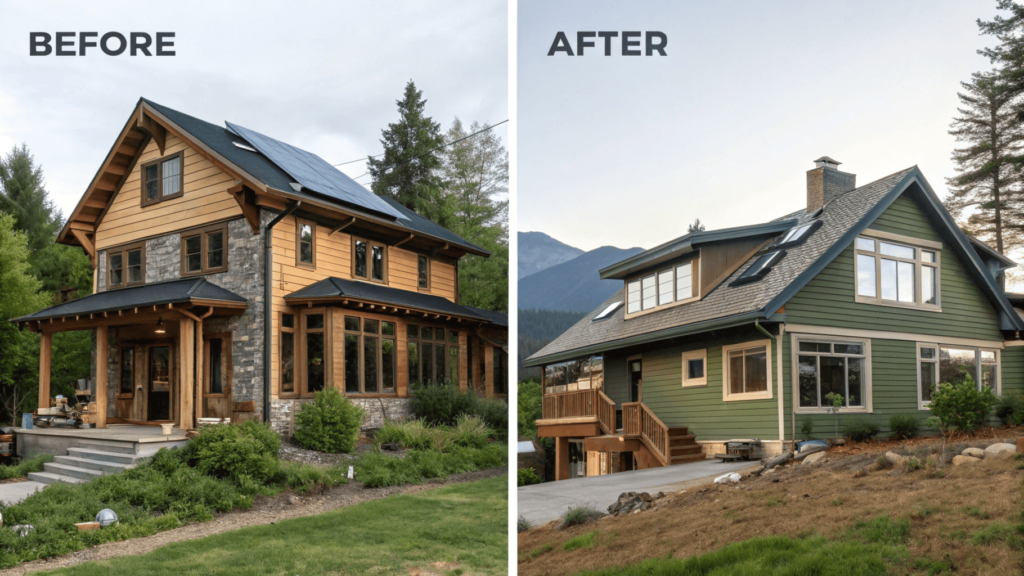
Let me share a quick story: My client Sarah reduced her energy bills by 40% after switching to sustainable materials in her kitchen remodel. The recycled glass countertops and LED lighting not only looked stunning but paid for themselves within three years.
Taking Action: Your Next Steps
Ready to start your sustainable remodeling journey? Here’s your action plan:
- Assess your space and needs
- Research local suppliers and contractors
- Create a realistic budget and timeline
- Consider phasing your project if needed
- Start with the most impactful changes first
Conclusion
Sustainable home remodeling isn’t just about being environmentally conscious – it’s about creating a healthier, more efficient living space that saves money in the long run. Whether you’re planning a complete home overhaul or starting small with a single room, every sustainable choice makes a difference.
Ready to take the first step? Check out your local green building supply store or consult with a sustainable design expert. Your dream eco-friendly home is closer than you think.

